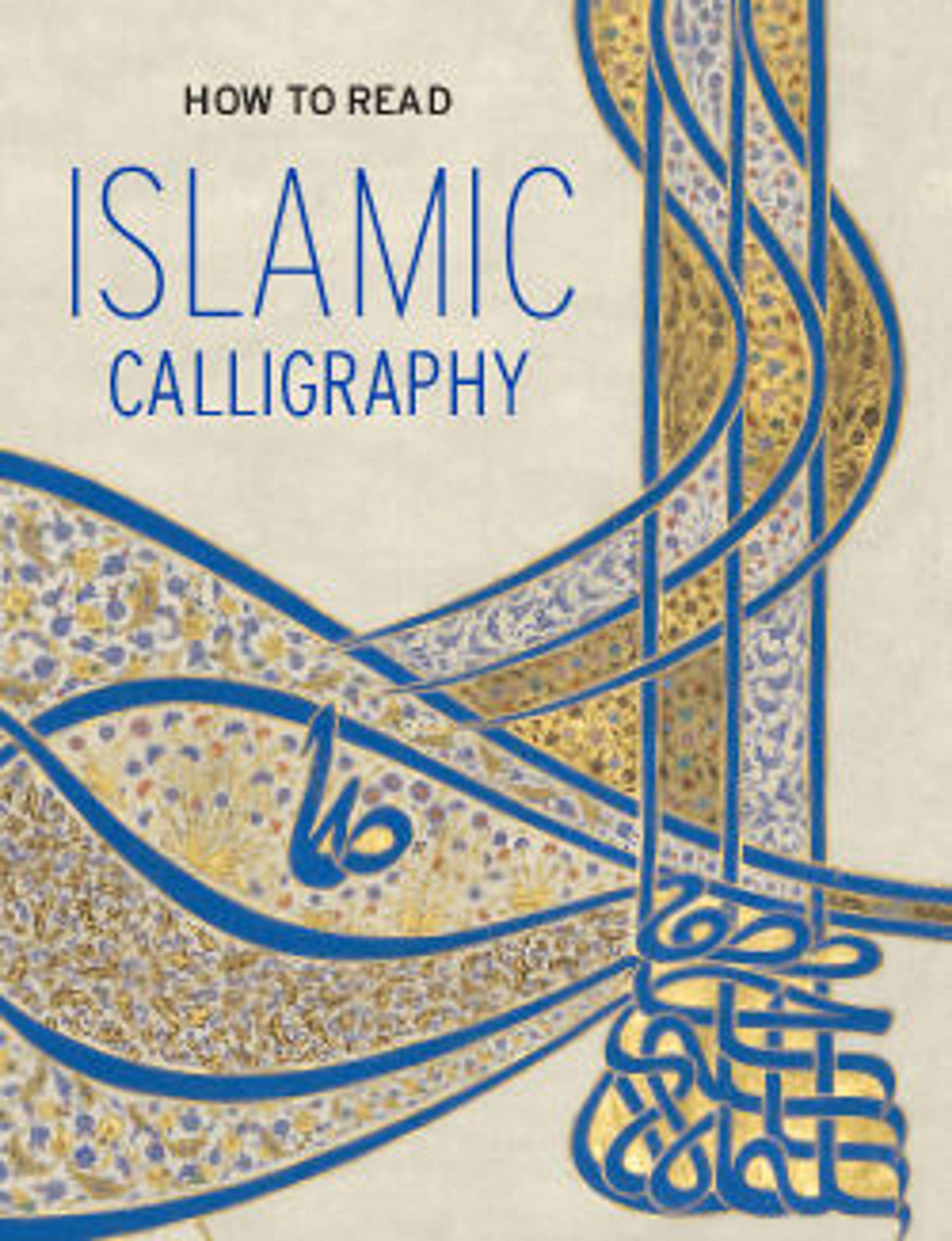Qur'an Bookbinding Inset with Turquoise
The stamped and gilded techniques used for this leather binding were common in the Middle East, especially in Iran where the art first developed, and in Turkey, where it was perfected. Central almond-shaped medallions and concave fillings in the four corners are common features of Islamic books. Ottoman book covers with this kind of composition and floral design served as models for a great number of Venetian Renaissance bookbindings and, more surprisingly, Venetian furniture as well.
Artwork Details
- Title:Qur'an Bookbinding Inset with Turquoise
- Date:16th century
- Geography:Made in Iran
- Medium:Leather; stamped, painted, gilded, and inset with turquoise
- Dimensions:H. 14 in. (35.6 cm)
W. (closed): 10 in. (25.4 cm)
W. (open): 27 in. (68.6 cm)
D. 1 1/2 in. (3.8 cm) - Classification:Codices
- Credit Line:Rogers Fund, 1956
- Object Number:56.222
- Curatorial Department: Islamic Art
More Artwork
Research Resources
The Met provides unparalleled resources for research and welcomes an international community of students and scholars. The Met's Open Access API is where creators and researchers can connect to the The Met collection. Open Access data and public domain images are available for unrestricted commercial and noncommercial use without permission or fee.
To request images under copyright and other restrictions, please use this Image Request form.
Feedback
We continue to research and examine historical and cultural context for objects in The Met collection. If you have comments or questions about this object record, please contact us using the form below. The Museum looks forward to receiving your comments.
